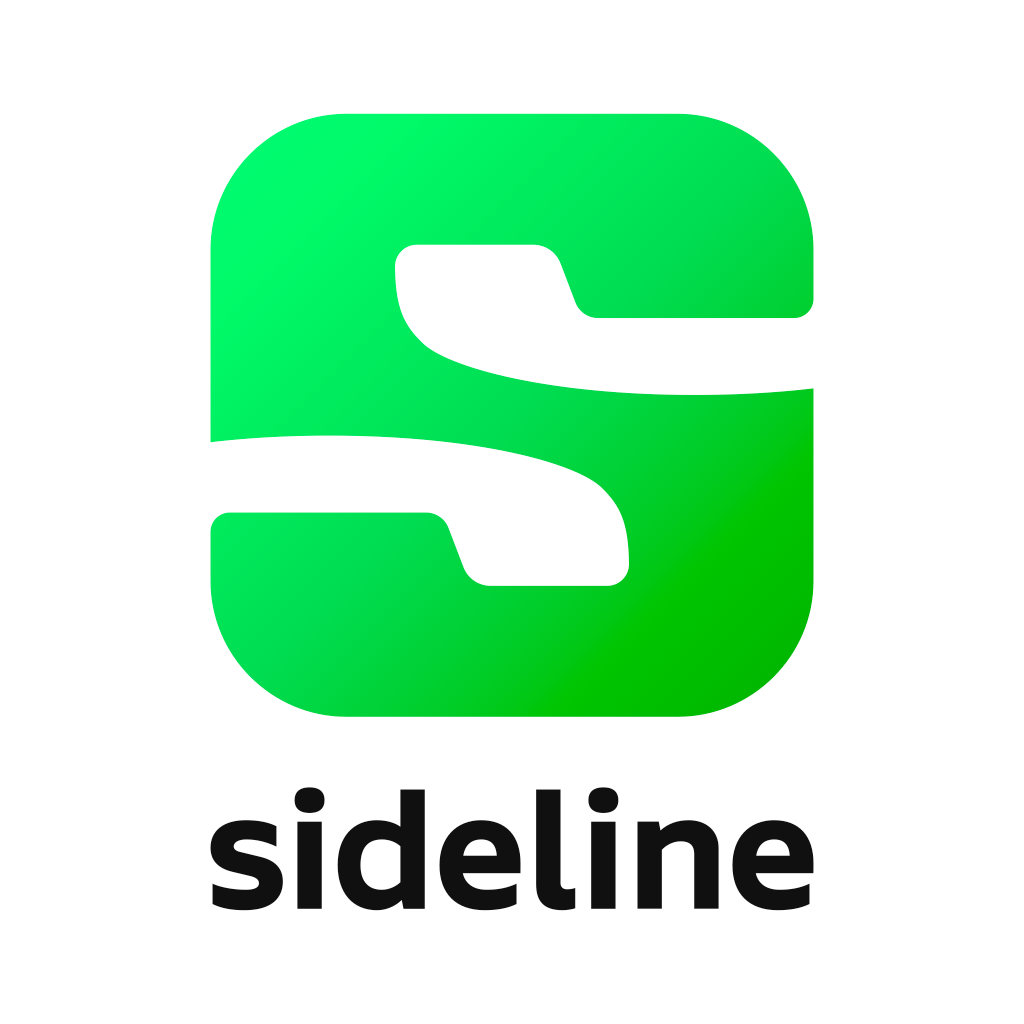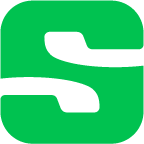The COVID-19 pandemic has shaken up all of our lives. However, it’s particularly devastating for small business owners and independent contractors. There has been some encouraging news on that front with the federal government approving the Coronavirus Aid, Relief and Economic Security (CARES) Act in late March, and approving a second round of funding in mid-April. As you would imagine, a piece of legislation like the CARES Act is long. If you’re like us, it’s probably overwhelming and confusing at over 800 pages. Additionally, there’s not a ton of clarity in the document. Many small business owners are reporting receiving inconsistent messages on how to apply for and use the funds.
The CARES Act and the Sideline Community
We wanted to share a high-level look at some of the provisions of the Act that are the most meaningful for freelancers, gig workers, and small business owners. Also, in light of the fact that many small business owners who have already applied and have found the process extremely challenging, we wanted to provide some resources and information for those who haven’t applied and are considering doing so now that more funding has been approved.
If you’re a freelancer, independent contractor, or gig worker
Pandemic Unemployment Assistance
If you classify yourself as a freelancer, independent contractor, sole proprietor, gig worker, or self-employed and COVID-19 has impacted your ability to work, the CARES Act can help.
Typically, self-employed people can’t apply for unemployment. However, the CARES Act creates a new, temporary Pandemic Unemployment Assistance program. The new program provides unemployment coverage through the end of the year to freelancers and independent contractors. It also provides an additional $600 per week for 4 months in addition to regular state benefits.
Paycheck Protection Program (PPP)
The funds allocated for the Small Business Administration (SBA) backed bank loans of up to $10 million to small business owners including sole proprietors or self-employed individuals (who report income and pay taxes on a Schedule C in a personal tax return). This includes gig economy workers who take on-call jobs provided by companies like Lyft or TaskRabbit.
Independent contractors and freelancers (who collect 1099-MISC forms) are also eligible. However, you’ll have to submit a Schedule C for the application, not your 1099s.
Regardless of your technical category, your business had to have been operational as of February 15, 2020, to qualify. The loan can be used to cover lost wages, commissions, or net earnings from self-employment (capped at $100,000 on an annualized basis).
However, do note that you cannot simultaneously receive both Unemployment Benefits and a PPP loan. When you apply for loans, consider the payout, restrictions, and limitations of each program.
If you’re a small business owner
Paycheck Protection Program (PPP)
The funds allocated for the Small Business Administration (SBA) backed bank loans of up to $10 million also available to eligible small businesses of 2 or more employees to help cover up to 8 weeks of payroll and rent or mortgage interest and utility expenses. The primary goal of this program is to keep workers employed. The loan can potentially be forgiven BUT with stipulations.
The bulk of the loan (at least 75%) must be used to maintain payroll (for employees, not contractors). The remainder can be used to make rent or mortgage payments, provided workers stay employed through the end of June. The loan funds cannot be used for inventory or anything else outside of the aforementioned covered expenses.
Qualifying payroll expenses include salary, wages, commissions, or tips (capped at $100,000 on an annualized basis for each employee), employee benefits (such as vacation, parental, family, medical, or sick leave), employee insurance premiums, retirement benefits, and state and local payroll taxes.
Keep in mind, if you reduced your workforce, this will affect your PPP application, but only if you do not plan on rehiring them or restoring their pay for their typical work hours.
Apply soon before funding runs out again.
SBA Economic Injury Disaster Loan (EIDL)
This program is for any small business with less than 500 employees (including sole proprietorships, independent contractors, and self-employed persons). The SBA offers EIDL loans for businesses in a designated disaster area. As a result of COVID-19, that now includes all 50 states. These loans can be used to provide employees with paid sick leave, maintain payroll, make rent or mortgage payments if you don’t use the PPP funds to cover those expenses.
If you are approved for both an EIDL and the PPP, you can use the EIDL to cover increased costs for materials and other business obligations and operational costs not covered by the PPP. Unlike the PPP, EIDLs may require collateral for loan amounts over $25,00 and must be repaid.
Also, from January 1, 2020, to December 31, 2020, EIDL applicants can request a $10,000 emergency grant, interest-free. If approved, the SBA will provide the grant within three days.
Express Bridge Loans
Bridge loans allow businesses who currently have a relationship with a Small Business Administration (SBA) Express Lender to access up to $25,000 quickly. Businesses can use these loans while they apply for a PPP loan or a direct SBA EIDL (mentioned above) and wait for those funds.
Debt Relief
The SBA will automatically pay the principal, interest, and fees of current 7(a)s, 504s, and microloans for a period of six months. The SBA will also automatically pay the principal, interest, and fees of new 7(a)s, 504s, and microloans issued prior to September 27, 2020.
More Resources
If you want to learn more about all the contents of the CARES Act, The New York Times has put together a very thorough FAQ. Other helpful resources include:
- The U.S. Small Business Administration
- The U.S. Senate Committee on Small Business & Entrepreneurship
- University of California Berkeley Law School
- The Bench bookkeeping service blog








